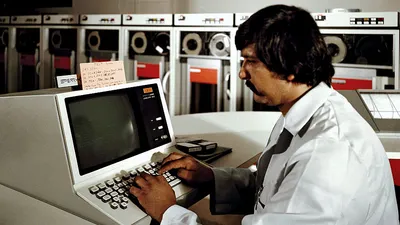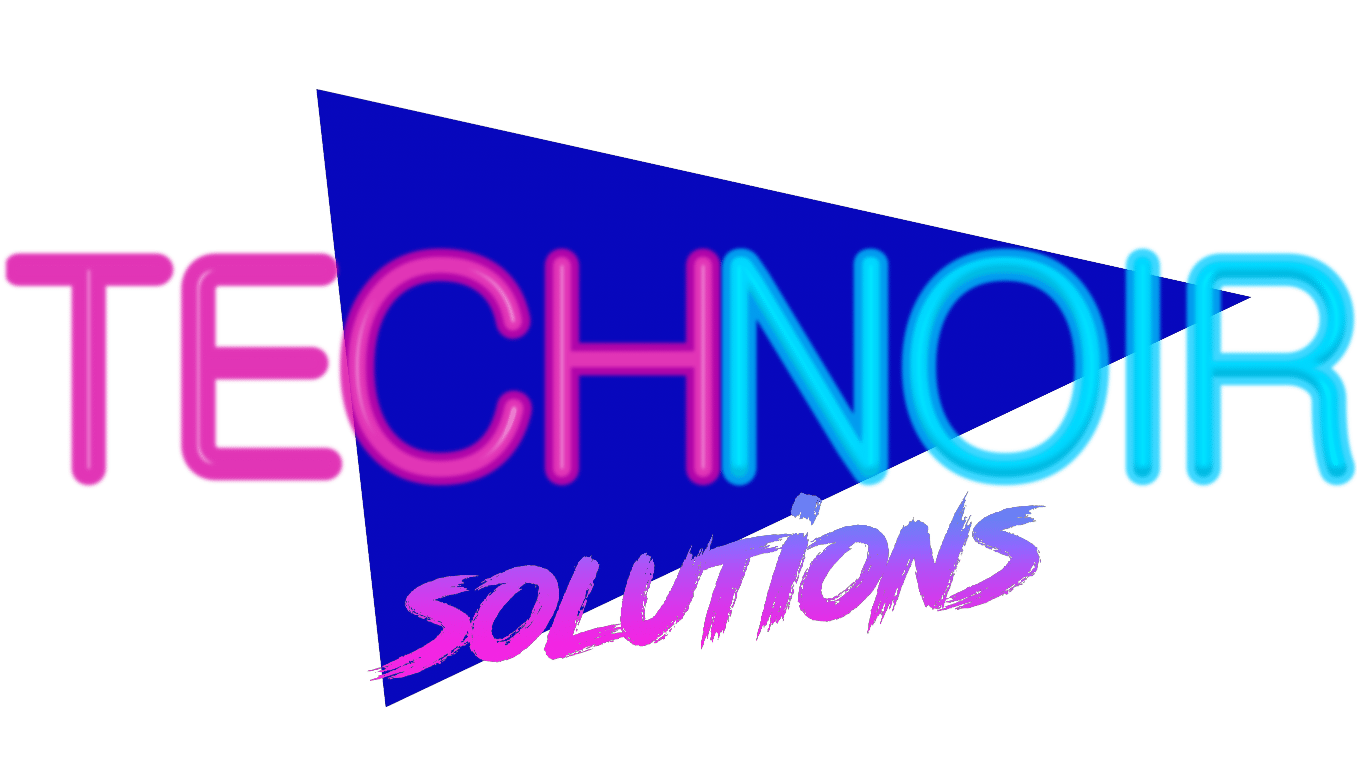- June 7, 2023
- James Velco
- 0
Are You Ready For IT Management (MSP)?

If you run a successful business, you will eventually have to address how to manage your business’ IT. Build an internal IT team or hire experts. If you look to hire an IT experts, you need to understand what Managed Service Providers (MSP) are, what they do, the services they provide and the value they can bring to some organizations. With that said, let’s consider the concept of MSPs.
What is a Managed Service Provider?
A Managed Service Provider is a third-party organization that remotely manages a company’s IT infrastructure. MSPs are typically used by businesses that don’t have an in-house IT department, or by those wanting to supplement their existing IT team.
That’s the clinical description however, let’s dig a bit deeper into why they exist in the first place. To start, most MSPs grew from what is colloquially known in the industry as “break/fix” support technicians. Break/fix goes back to the early 90’s and simply refers to what the technician would do when a business called the technician. When a computer was “broken” the business called Joe’s Computers; the technician, Joe, would come to the business and “fix” it.
Pretty simple and straightforward.
And for the most part, during the 90s and early 2000s, this was the de facto support model available to businesses that needed support. Most businesses had a hand full of computers and a server. The businesses would need to schedule a time for the tech to come out to service the equipment. If the business relied on the failed equipment, they would be out of luck until the tech arrived.
Now, once the tech got to the business, the tech would have to spend time diagnosing the issue, testing the problem, determine whether another vendor would be needed (software or hardware) and then see if a fix worked. If the fix did not work, the process would need to be repeated until the issue was resolved
History of Tech Support
The “IT Consultant” type of support predates the internet as we know it. We take for granted how easily we can just Google anything and get some sort of answer (now we can use ChatGPT for even more refined solutions). However, back in the 90s and early 2000s software came on floppy disks, CDs and then DVDs. There were no instant downloads of software, if there was a software update needed, you had to get a hardcopy. In addition, the tech had to be onsite to do the support. Remote access was not fully baked and couldn’t reliably be used for supporting computers where the tech was in a suburb and the computer that needed assistance was in a city.

Fast forward to the mid 2010s. Computers had now become ubiquitous in the workplace and just about every business was using computing to run some part of their operations. The internet had become more accessible and useful due to many online applications that took advantage of the new high speeds for accessing the internet.
By the early 2010’s remote access software had become more refined, allowing people to securely connect to a work PC from a home PC (Team Viewer and GoToMyPC are examples). This technology, which had been around since 2005, allowed technicians to remotely access a client’s computer to troubleshoot problems. Software applications were developed to use custom coding to automate certain processes, like software updates. This was when Managed Services matured and became the predominant business model of choice in the IT services space.
Now, MSPs can offer numerous benefits, from providing expertise in complex IT issues to proactively addressing potential IT concerns before they escalate. They also help businesses save costs by providing IT services for a flat fee, providing predictability in budgeting.
Businesses That Use MSPs, Have Similar Traits
The following traits are shared by most ideal managed service clients. While this does not mean to suggest that your business isn’t a candidate for an MSP if it does not have all these characteristics, it is a good indicator of the type of business that stands to benefit the most from managed IT services.
Proactive
If your company relies on technology and requires reliable IT support, you might find an MSP beneficial. They can provide constant monitoring of your IT systems, ensuring any potential issues are identified and addressed promptly. The constant monitoring is one of the key differences between an MSP and Break Fix. Monitoring is a proactive system that uses thresholds for KPIs (Key Performance Indicators) to determine if a computer will need service soon.
Companies that appreciate a proactive approach to IT management are also good MSP clients. These companies value the preventative maintenance that MSPs provide, helping them avoid significant downtime and potential losses.
Delegation
Clients that use MSPs also are comfortable delegating control of their IT systems. This trust in MSPs’ expertise is key to building a successful partnership.
Many companies outsource their accounting or bookkeeping. These businesses delegate the control over the finances to teams that are better suited to manage them. The same is true for a MSP. Think of an MSP as an extension of your team
By hiring an managed IT service provider, you are hiring an IT team for your business and it’s their responsibility to ensure your business can function and be efficient. This, in essence, is delegating the technical responsibility and management of your IT, to a team that completely understands that side of the business.
Ten Ways You Know You Are Ready for an MSP
You want to focus on running your business, not on technology.
Your current system seems to cause more problems, than it helps.
You want to be certain your data is always backed up, without fail.
You are trying to prioritize profitability and efficiency.
You need to feel confident that your computers and network are secure from threats.
You’ve begun to realize that computer systems downtime costs your business money.
Your business has grown to a point where you no longer have the time to buy and configure new equipment for your team.
You want your employees to do the jobs they were hired for, instead of spending time trying to resolve computer problems.
You've created spreadsheets and notes of all the IT related information, not knowing if it is still accurate.
You're looking to expand your business but need guidance on the right technology and costs needed to scale.
IT Budgeting
MSPs offer cost-effectiveness, even when there may be initial onboarding or costs to meet minimum compliance. In addition there will be times when there are CapEx costs that need to be addressed in order for the business to function efficiently. Some MSPs offer services that turn CapEx expenses into OpEx, changing the need to have reserves ready.
For many businesses the cost for IT tends to be undervalued, while expectations for what it can do tend to be overvalued. Working with an MSP allows you to reach out to an expert when considering implementing new technology.
What Are The Potential Downside of Not Engaging with an MSP?
Without an MSP, you could be missing out on access to IT expertise, proactive support, and cost savings over time. However, some businesses have not reached the point to get the most value these benefits provide.
By assessing your IT needs, budget, and willingness to delegate, you can make an informed decision about whether an MSP is the right choice for you.

